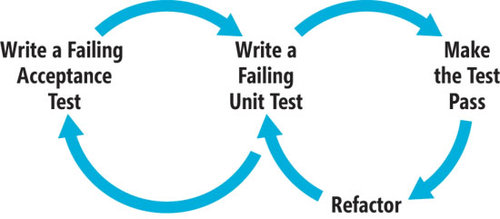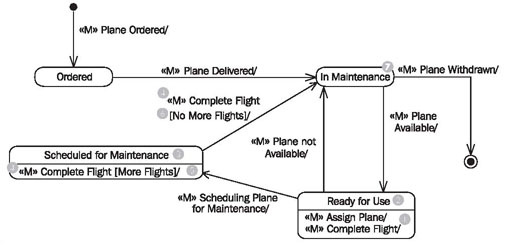A new chapter on Youtube
2014 was an extremely busy year at Paypal: heading up the API Design team, in an effort to API-ify over 80% of the company’s capabilities. I only managed to get out three blog posts, all on http://APIUX.com. As I looked at revising my strategy for sharing with the community for 2015, I had to reflect on 2014. Public speaking: I attended 12 events, I think 10 of which I gave talks at.











